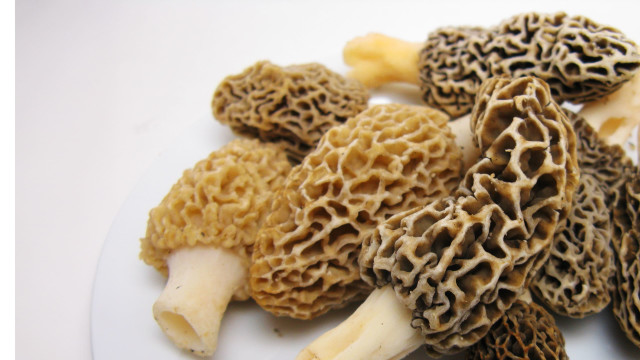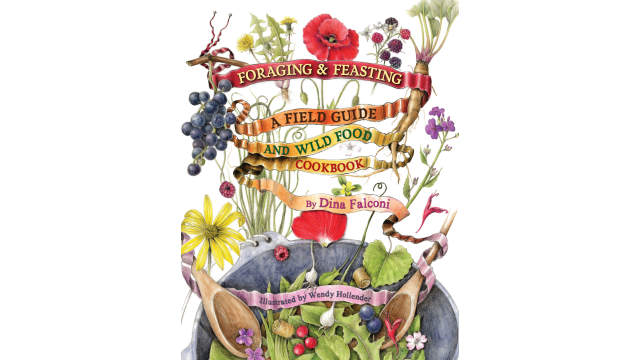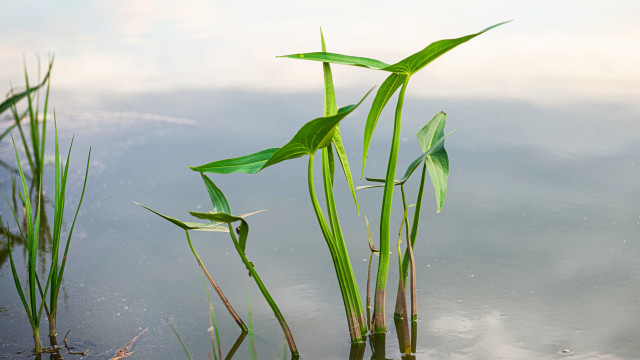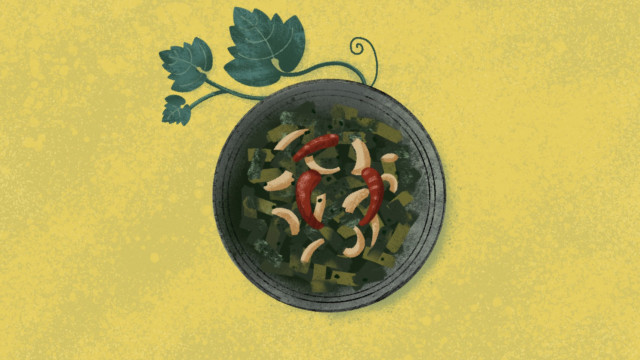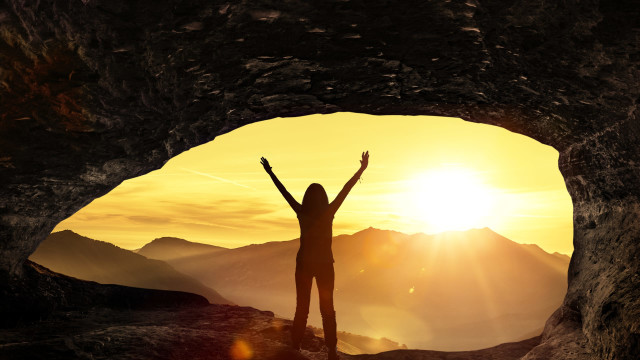The Wilderness Within

I can’t really put a finger on a particular incident that marked the beginning of my journey of "rewilding." Growing up in the ever-expanding city of Pune, India made it challenging to connect with the natural world. The lessons in school about plants never piqued my interest. Perhaps my parents' enthusiastic attempts at replicating the lush ecology of their home state of Kerala in the 250 square-foot terrace garden of our apartment was an early reckoning with nature.
Maybe my journey began on those early mornings when I found myself foraging for wild passion fruit while waiting for the autorickshaw to take me to school. It was only after my post-graduation in Women’s Studies, when I started working with rural communities, that I truly began to understand how little I knew.
In 2012, in the village of Narsapur, Telangana, I saw uncultivated greens being harvested for the first time. It was a hot summer afternoon, and I was visiting Chennamma, a Dalit farmer, to document the stories of women who had chosen to nurture healthier soil over profit-oriented agriculture. Chennamma had less than an acre of land on which she was growing vegetables organically. Without the threat of herbicides, several uncultivated greens grew fearlessly alongside the vegetables. Chennamma would harvest these occasionally for her own consumption. For the first time, I saw a farmer tending to plants that I always thought were “useless.” I began to notice the vast diversity of India’s traditional food heritage through life-altering interactions with farmers like Chennamma.
Until then, my homogenized food vocabulary included the usual suspects: potato, tomato, brinjal, okra. I was oblivious to our seasonal, local, and wild edible heritage. As I began researching (read incessantly asking mentors like Chennamma), I was spellbound by the rich knowledge that existed in traditional ways of eating, and motivated to do what I could to conserve and revive these disappearing traditions. My conscious journey of rewilding had begun.
Wild Edible Foods
Initially, learning about wild edibles was an intellectually stimulating activity, one that involved meticulous documentation of different plants and their properties. Slowly, I began noticing the redundancy of the entire process. For a system of knowledge to continue and thrive, it has to be practised and shared collectively. It was one thing to research and document wild edibles, but another to make them part of my own daily diet and practices.
Remembering a plant’s botanical name and properties (especially when local cultivars can diverge so widely) might contribute to invigorating discussion, but nothing more. Chennamma’s inclusion of wild edibles in her daily diet was the first step in keeping an ancestral knowledge system alive. And sharing it with the next generation was how she ensured that it continue to thrive. Chennamma shared a reciprocal relationship with nature, enforced by her daily interaction with wildness and with food.
Gradually, I began noticing wilderness everywhere, including in urban concrete jungles.
These were the un-learnings I took with me, wherever I went in India. One of the rewilding misconceptions that I held — and have heard often from other people — is that one has to go to a village or a forest community to reconnect with nature. But gradually, I began noticing wilderness everywhere, including in urban concrete jungles. I started seeing patches of growth amid interlocking pavement tiles, medicinal plants growing between road dividers, and the most succulent wild edible greens right outside a metro station. This shift in seeing changed the feeling of being “nature-scarce” in Indian cities, even Pune.
Once I started seeing wild edibles everywhere, the next and most important step was to gather up the courage and forage. Foraging tested my plant identification skills, and also introduced me to many fellow foragers who were invariably delighted to answer my never-ending questions.
I had a major revelation when I began asking my mother about wild edible foods. She opened a treasure box of practices and stories from her past, and my community in Kerala. Little did I realize that the stinging nettle I saw hyped on various wild food Instagram handles grew right in our backyard, and that it was a monsoon delicacy from my mother’s childhood days. I began digging around the backyard (literally and figuratively) more often, as a new dimension to rewilding opened up: connecting to my roots through the intersection of biodiversity and food.
Rewilding my life meant seeing nature for what it offered, not judging a particular plant as being of use or not. Since I’ve started sharing information myself, people often ask how I know so much about wild edible food. Do I Google everything? Did I study all this as part of my educational degree? It might sound mystical, but I know only that knowledge flows to me in the most unexpected ways. Sometimes it is a vegetable vendor who graciously shares a recipe with me, another time it may be a random stranger foraging on the roadside.
My first mushroom foraging walk was with Sarika, a teenager who could smell wild mushrooms from a distance. “Mushrooms pop up soon after the first thunder,” she would say. “One should be ready during this season because if we delay, the mushrooms will bloom and become inedible." I am still awestruck by the immensity of her knowledge.
I’ve learned to honor a knowledge-holder for sharing their wisdom
In the hills of Kodaikanal, Tamil Nadu, I followed Madhumitha, a little girl from the Paliyan-Adivasi community, through the cold early morning mist to the forest near her village. Shivering but smiling with excitement, she taught me how to harvest and eat prickly pear, the fruit of the cactus shrub. I’ve learned to honor a knowledge-holder for sharing their wisdom, irrespective of their age or formal education.
Rewilding has opened up possibilities to connect with wildernesses and knowledge systems that I didn’t know existed. It requires nothing more than noticing one plant at a time and reconnecting to the culinary traditions of your community — and nothing less than embracing the wilderness within and without.
Key Takeaways
- Rewilding revives traditional wisdom.
- Foraging connects us to wild edible heritage.
- It grounds us closer to nature.

